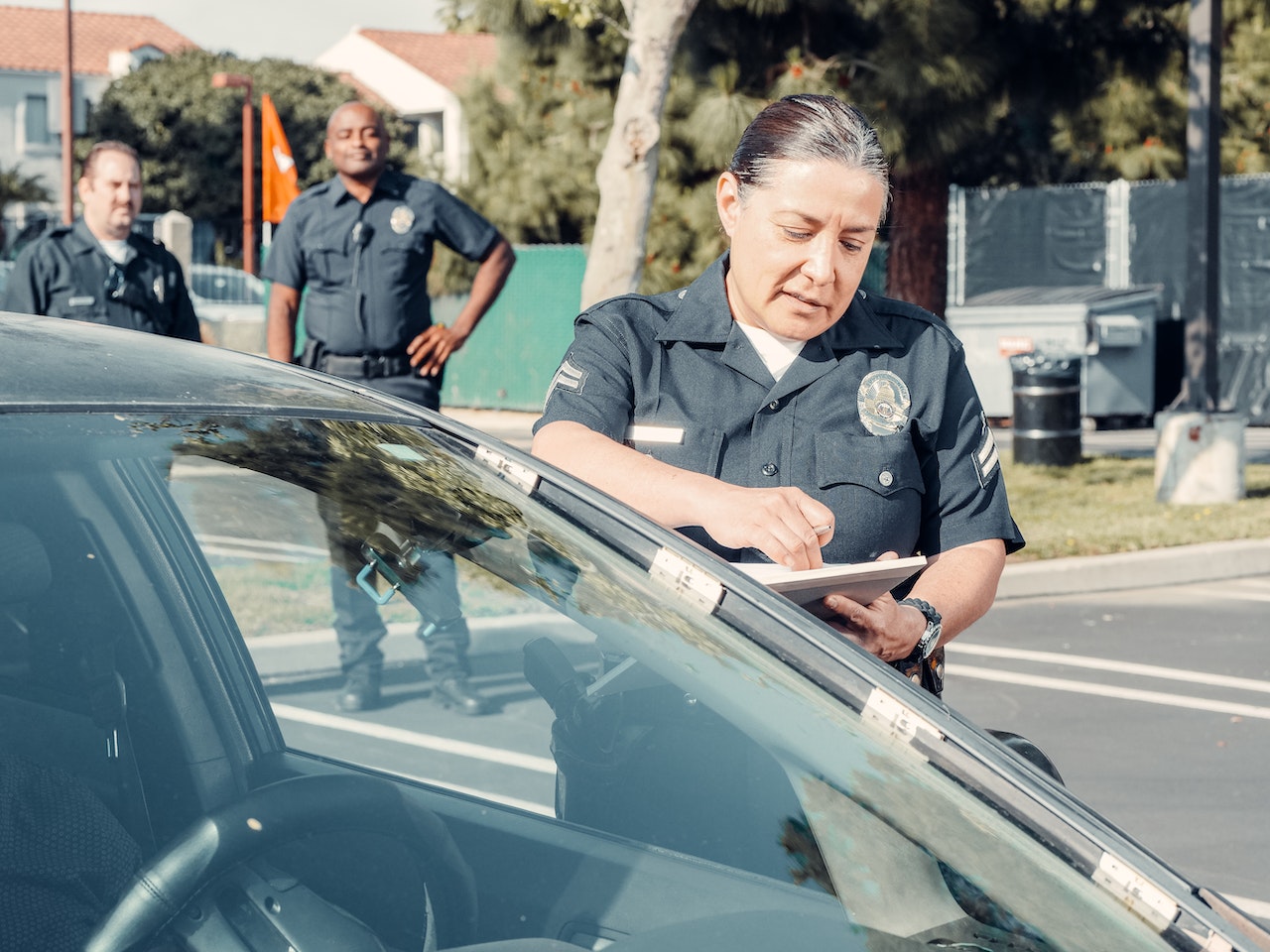
Effective Strategies for Slowing the Rate of U.S. DUIs
Bad things all too often happen to good people. It’s a sad fact of life. Being charged with a DUI or driving under the influence after getting together with some workmates after a long week is one of them. You didn’t mean to have one too many. But you did, and now you’re paying the price by being pulled over on your drive home by a state trooper or a city cop.
Phoenix DUI lawyer Aaron M. Black, PLLC, says if you are charged with a DUI, you need to make contact with a reputable lawyer as soon as possible. Your lawyer needs to understand the intricacies of DUI law and should be familiar with the court system. He also needs to navigate the complex administration procedures. What’s more, he needs to juggle all these things successfully on your behalf while you continue to work every day, which is essential. In a word, DUI is not cheap.
But are there any effective strategies for reducing the rate of DUIs in the U.S.? A recent report put together by the CDC, or the Center for Disease Control and Prevention, says yes. Having teamed up in part with the National Highway Traffic Safety Administration and the National Academies of Sciences, Engineering, and Medicine, a variety of strategies have been studied that require different resources for their successful implementation. But the information can guide lawmakers and decision-makers when it comes to lowering DUI rates.
Lowering Blood Alcohol Concentration, or BAC, Limits
Today’s DUI and DWI laws make it illegal to operate a car with a BAC at or over a specified level, which is usually 0.05 grams per deciliter [g/dL] or 0.08 g/dL, depending on the state you live in. On a global level, most developed countries maintain a BAC level of 0.05 g/dL or lower. These levels are said to be effective in reducing alcohol-impaired driving and therefore result in a reduction of potentially fatal crashes.
The laws are severe, but they are intended to serve as a deterrent to reduce alcohol-impaired driving among those drivers who are at risk of driving while under the influence. The laws work. For instance, the state of Utah implemented a 0.05 g/dL BAC law five years ago in 2018. The law is said to have resulted in an 18 percent reduction in the crash fatality rate per mile driven in the first twelve months of its implementation. The law is also associated with lower alcohol-related crashes.
Zero Tolerance and Other Laws that can Slow the Rate of DUIs
The CDC states that Zero Tolerance laws make it illegal for anyone under 21 to drive with what’s considered a measurable amount of alcohol running through their systems. The laws have been implemented in all 50 states, plus D.C. It’s estimated they have saved tens of thousands of lives which means maintaining these laws is of critical importance.
Laws that make alcohol less available, accessible, and affordable are said to be effective in the reduction of drinking to impairment which also prevents alcohol-related driving. Here are just a few of these laws being utilized in the U.S. today.
Heavily Publicized Sobriety Checkpoints
Publicized (TV and social media) sobriety checkpoints are said to allow law enforcement officers (usually state troopers) to stop any and all vehicles at a specific, very visible location to check drivers for DUI. It’s legal for law enforcement to stop all drivers or a select few. These sobriety checkpoints should be well publicized and conducted at regular intervals to be effective.
Saturation Patrols with High Visibility
Said to consist of a large amount of police, high-visibility saturation patrols are engineered for law enforcement officers to patrol a specific area. The patrols generally take place at locations and times when crashes that involve alcohol-impaired drivers are more common. The patrols are usually well publicized. They are also conducted on a regular basis, just like sobriety checkpoints.
Ignition Interlock Systems
Ignition interlocks, mandated for all persons who’ve already been convicted of alcohol-impaired driving, which include first-time offenders, can theoretically be installed in all vehicles to measure the amount of alcohol on the driver’s breath as soon as they get behind the wheel of their vehicle.
The interlocks will keep vehicles from starting if drivers have a high BAC. That is, 0.02 g/dL or higher. Interlocks are said to be highly effective at the prevention of repeat offenses for the duration that they are installed. By incorporating alcohol use disorder treatment and assessment into the interlock programs is showing promise in the reduction of repeat offenses after the interlocks are legally removed.
DUI is not a pleasant thing. It can cost you your reputation and a lot of money you might not have. Instead of drinking and driving, do the right thing: UBER it.
